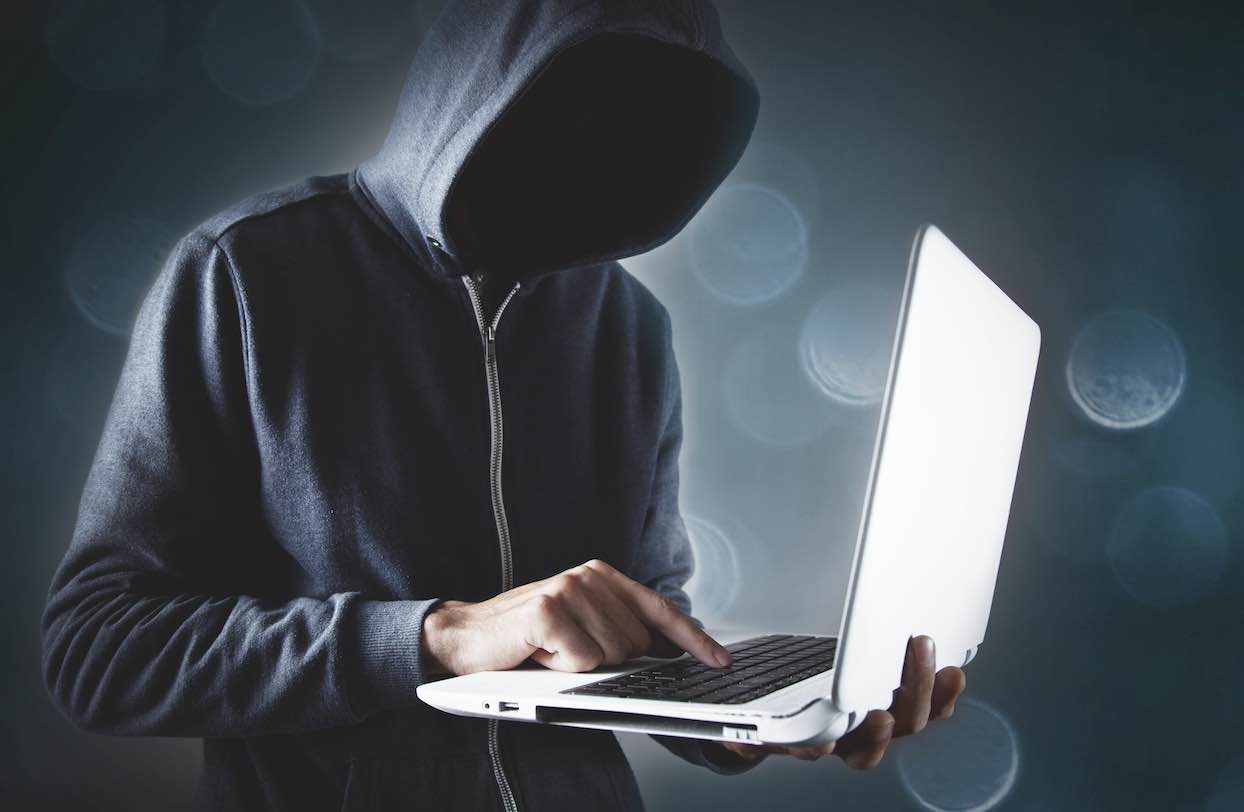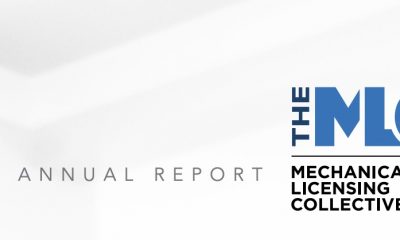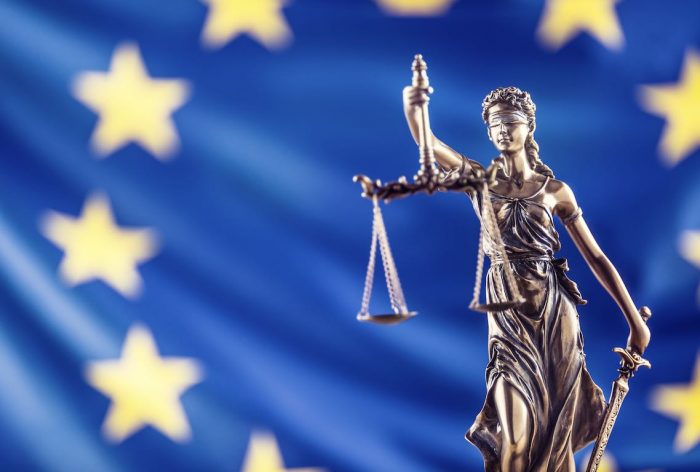Copyright & Regulation
MUSO report reveals visits to piracy sites decreased by 5.7% in 2024 to 216.3 billion

Continue Reading
Copyright & Regulation
ECSA calls for transparent licensing agreements with AI companies and parity between publishing and master rights
Copyright & Regulation
UMG’s proposed acquisition of Downtown Music Holdings ‘may restrict competition’ according to the European Commission
Copyright & Regulation
‘Fully operational’ US Copyright Office resumes activity as government reopens
-

 Collective Management Organisations3 years ago
Collective Management Organisations3 years agoThe MLC plans webinars to show members how to use tools to manage song data
-

 Collective Management Organisations3 years ago
Collective Management Organisations3 years agoSix takeaways from The MLC’s first annual report for 2021: distributions, membership, matching rates, processed works, historical unmatched works and expenditures
-

 Interview4 years ago
Interview4 years agoOlivier Chastan (Iconoclast): ‘Name, image and likeness will be as important as music rights in the future’
-

 Collective Management Organisations4 years ago
Collective Management Organisations4 years agoCécile Rap-Veber (SACEM): ‘We are a solutions provider to create value, a tech company, and we are less and less seen as some sort of cultural institution’















